Back workouts for massive gains; the 15 best back workouts.
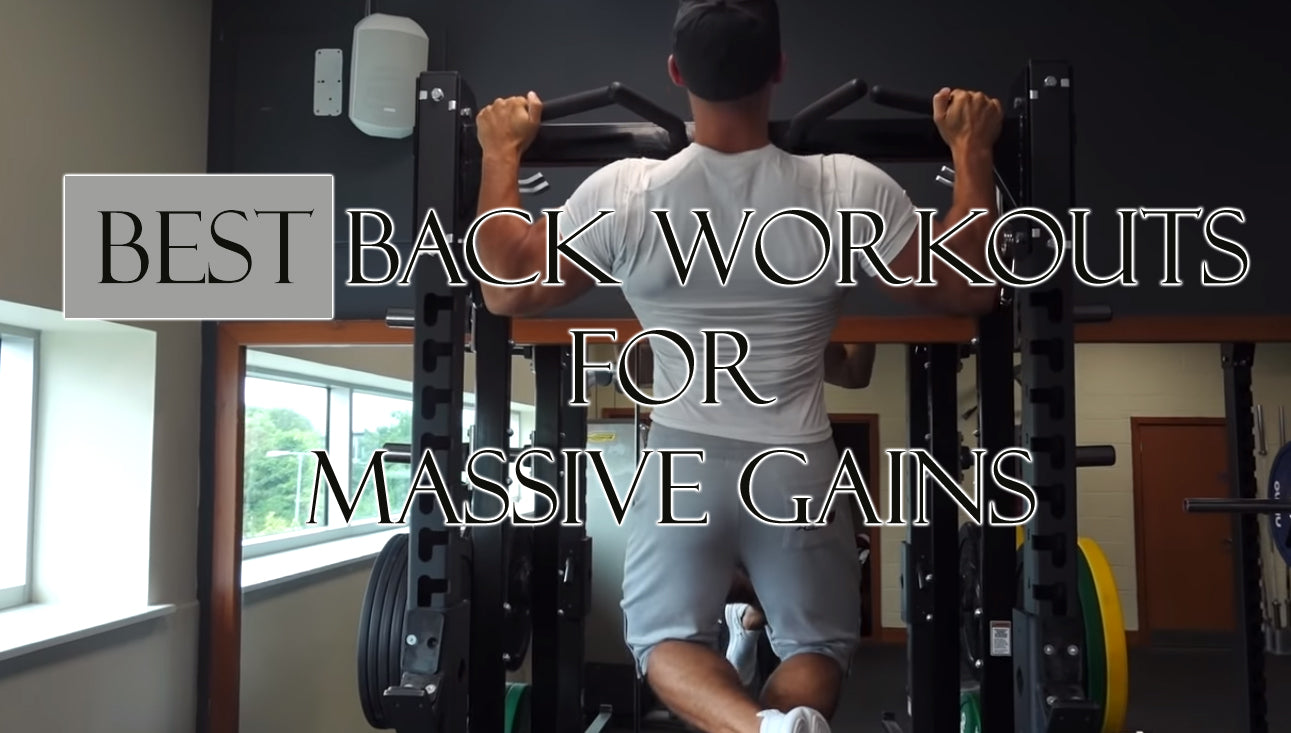
Building up your back has many more benefits than just looking more aesthetic. Once your back workouts start taking full effect, your posture will improve, your desk hunch will begin to see improvement, and your long-ignored back muscles will begin to grow.
What not many beginning lifters are aware of is that your back muscles can play a huge role in boosting the strength of many of the other lifts you're going to be doing in the gym. One of these lifts, as counterintuitive as it may sound, is the bench press. The muscles in both your upper and mid back will help stabilize your shoulders and joints. And the stronger and more stable your back and shoulders are, the more power you'll be able to generate in both upper body and lower body movements.
Since a large majority of back exercises require you to use your arms and shoulders for pulls and rows, you may see your biceps and real delts getting larger and larger as your back journey begins.
Along with bicep and rear delt increases, back exercises will also get you that V taper that so many guys (and girls) strive for. The reason the V taper is so sought after is because it can give your waist the appearance of being slimmed without having you to actually lose weight or get a smaller waist. The bigger your lats are in comparison to your waist and hips, the more dramatic the V taper will be.
1. Band Bent-Over Row.
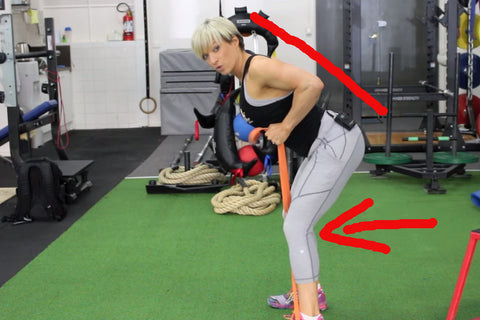
The row is one of the core back exercises that will get you to where you want to be. To get into the row game, you can begin by using resistance bands instead of actual weights to make sure that you get your form down perfectly, or to simply warm up before you start hitting the bigger weights. The best part about the bands is that they will allow you to work through the range of motion without needing to put high stress on any joints while still being able to function correctly.
To do resistance band rows, grab a fairly low resistance band and wrap it around a tree or a post that is solidified into the ground. Make sure whatever is being wrapped around is solid so you can avoid dealing with any injuries that may happen if your anchor comes out. You can also simply place the band on the ground and step on it as well, if you don't have anything that you can wrap the band around.
Once you have the band anchored, grab it with an overhand grip and focus on pulling your elbows behind your back. A good image to keep in mind is that you have a quarter between your shoulders, and you are attempting to pinch the quarter between your back as opposed to simply using your arms to pull the band behind you. Make sure your back is not rounded.
Once you're at the top of the movement, your hands should be at the sides of your chest. once there, pause for a moment to build up some TOT (time under tension) and then let your hands fall back to the starting position slowly, while keeping some resistance on the weights.
2. Renegade Row
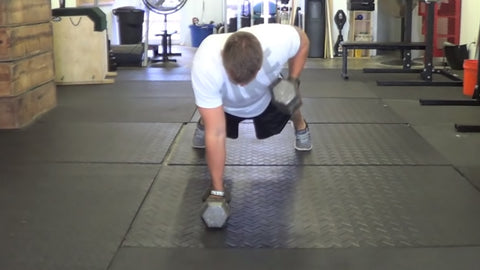
The renegade row is all about maximizing the efficiency of the workout and the workout space that you're in. The renegade row combines a back exercise, a plank, and a pushup and gives you a full body workout that you'll never forget. Remember to use the lighter dumbbell for this exercise because keeping your spine straight is just as important as perfect row form.
DO THIS: Grab a pair of light dumbbells and about as much space as you would need to perform pushups. Get in a plank position with your feet spread wide, gripping the dumbbells with your palms facing parallel to each other. Squeeze your glutes and core to maintain a strong spinal alignment, looking at the floor ahead of you.
Use your lats to row one of the dumbbells to chest height, then return the weight to the ground, keeping the rest of your body balanced in its position. Control the load up and down the movement — if you have to contort your body and shift your back to lift the dumbbells, drop down to a lower weight. Perform a pushup, maintaining spinal alignment, and repeat the motion with the opposite arm.
3. Dumbbell Single Arm Row
For bench rows, one dumbbell is all you need. To begin, place one knee on the bench with the dumbbell on the floor. Reach down and pick it up with a straight back, making sure you are using your lower back and arms more than your upper back. Incorrect form when picking things up can lead to injury, even when picking up something as light as 10-25 lbs.
Once you have the dumbbell on your in your hand, pull the dumbbell to the side of your torso without rotating your shoulders or falling off balance. Keep your core tight, and make sure that you pause at the top of the lift to ensure that you're once again maximizing that TOT.
4. Chest-Supported Dumbbell Row
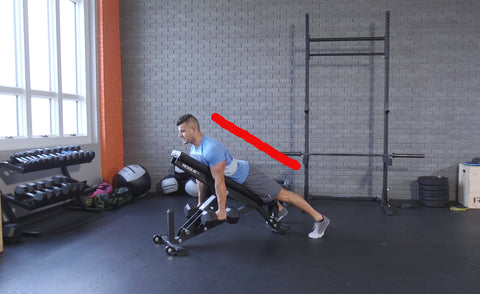
If you struggle keeping your back straight and your core engaged when doing bent-over type row exercises, then you'll be able to supplement those lifts with a move closer to this one. This lift will be especially beneficial if it feels like you are "throwing" the weight around, as opposed to lifting in a more controlled fashion.
Sit on an incline bench with your chest forward, resting on the support. Grab dumbbells with a neutral grip, keeping your chest strong and allowing your arms to hang.
To complete this exercise, sit on a bench with your chest facing forward, resting on a bench or something firm. Once situated, grab your dumbbells with a neutral grip and let your arms hang down to complete the exercise. Make sure that you are squeezing your back to get a full extension towards your hips, and keep it squeezed until you let the weight back down to the starting point.
5. Inverted Row
You can also do the inverted row using TRX straps, but for this example, we're going to be laying out a smith machine or power rack situation.
Begin by placing a bar at about hip height in a power rack, about where you'd place it like you're going in for a bench press. While lying underneath the bar, grab it with an overhand grip and extend the rest of your body. Once extended, you will be able to adjust the width of your hands as well as the positioning of your body to make the exercise more or less harder. Going through the awkward phase of finding the right spot is inevitable for getting the most out of this lift.
6. Bent-Over Dumbbell Alternating Row
To do this exercise, grab a pair of dumbbells and bend over at the hips and knees. Once your torso is almost parallel to the floor, make sure your feet are shoulder-width apart and that your back has a nice, natural arch to it. The biggest key is not to round your shoulders or lower back.
7. Bent-Over Barbell Rows
Compared to other variations of the row — like the single-arm dumbbell row — the barbell version allows you to use more weight. Rowing with heavier loads elicits more muscle growth in your middle and lower traps, rhomboid major, rhomboid minor, upper traps, rear deltoids, and rotator cuff muscles.
When compared to other variations of rows mentioned in this article - like the single-arm row - the barbell version of the row game will allow you to lift much more weight then you normally would when sticking to dumbbells. Which, if we're being honest, can feel pretty great.
To do the barbell row, grab the barbell with an overhand grip while your hands are slightly wider than shoulder width apart. Bend at the knees and hinge your hips so that your upper body is almost parallel to the floor. Once there, keep a nice, natural arch in your back while you pull the bar to your upper abs, squeezing your shoulders when you get to the top of the lift. Pause at the top, then slowly let the weight back down while keeping tension going in your muscles.
8. Bent-Over Underhand Barbell Row
DO THIS: Grab a barbell with an underhand grip that’s just beyond shoulder width, and hold it at arm’s length. Lower your torso until it’s almost parallel to the floor, and bend at your hips and knees. Let the bar hang at arm’s length. Pull the bar to your upper abs as you squeeze your shoulder blades together. Pause, and slowly lower the bar back to the starting position.
To do this lift, grab a barbell with an underhand grip so that your hands are just beyond your shoulders, and hold the bar steady at around arm's length. Once situated, lower your body down until you are almost parallel to the floor, but make sure you keep your bend so that you are still in an athletic stance. Once there, pull the bar to your upper abs (much like the last lift) and focus on squeezing your shoulder blades together while pausing at the top. After that, let the weight down while still keeping the tension.
9. Seated Cable Row w/ Pause
Once you've attached a straight bar to the cable station in your gym, position yourself on the machine with your feet slightly bent. Once there, grab the bar using an overhead, shoulder-width grip, and sit upright so that you feel comfortable and strong. Grab the bar, bring it to your upper abs, pause at the peak of the lift for around three seconds, and then let it move away from you while still keeping tension. One of the biggest keys for this lift is to not lean either forward or back, but to keep yourself strong and situated.
10. Pullup or Chinup Variations
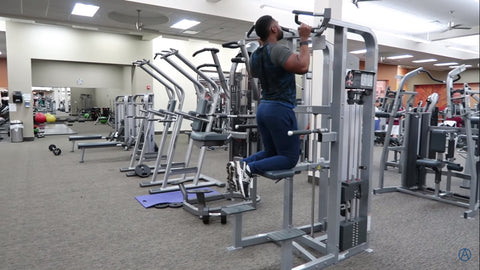



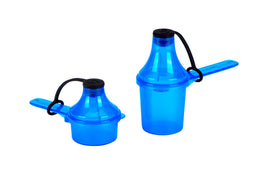



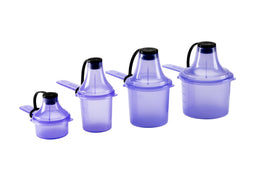

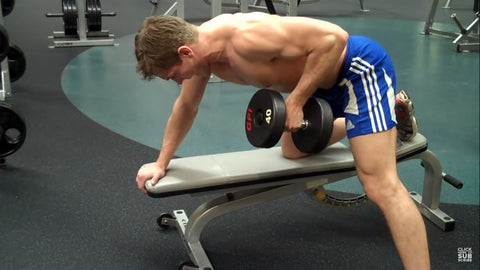
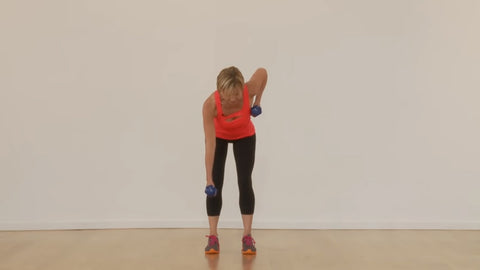
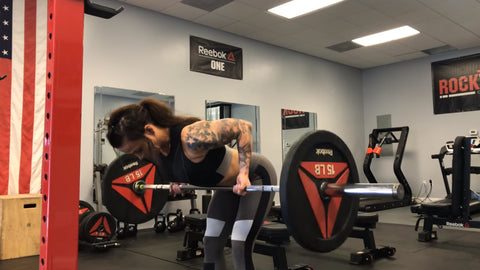
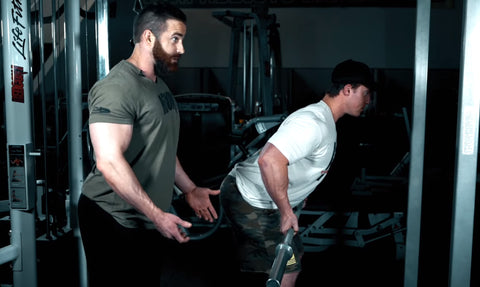
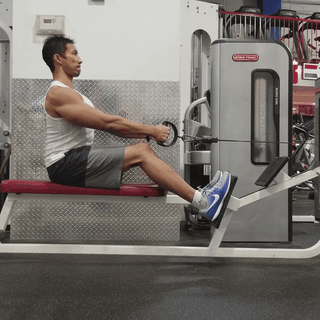
levitra online
Muchas gracias. ?Como puedo iniciar sesion?
eHSGLMUhjxal
gvjiqPOAHJzCy
UlpGrQDe